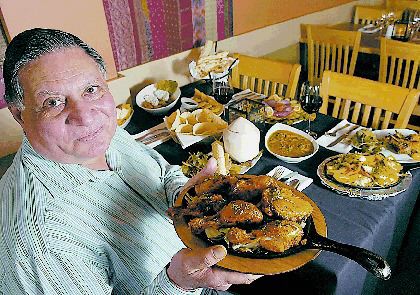Sun
There was an awkward moment on the Business News Network the other day when an interviewer asked eminent Yale University economist Robert Shiller whether an American-style real estate crash could happen in Canada.
He appeared visibly uncomfortable and prefaced his remarks with an admission that he had never studied the Canadian housing market. He ventured that if the psychological forces that have fuelled the U.S. crisis take hold here, a similar situation could unfold.
Several media interviews later, Shiller’s qualified and cautious statements had become bold predictions that Canada‘s housing bubble would burst.
This followed a report last month from David Wolf, an economist at Merrill Lynch Canada, who warned that it was only a matter of time before Canada‘s housing market tanked, just like the U.S. market did. Canadian household net borrowing, he said, reached 6.3 per cent of disposable income last year, not far off the seven-per-cent peak in the U.S. in 2005, just before the U.S. housing market collapsed.
But Canada is not the U.S. The stresses on Canada‘s housing and mortgage markets are not the same as those affecting its southern neighbour.
A recent report by the Bank of Nova Scotia highlights some of the differences. It points out that total debt as a percentage of total assets in Canada stood at 20 per cent at the end of 2007. The U.S. ratio is 26 per cent. In other words, Americans used 30 per cent more debt to purchase assets than Canadians did.
Because mortgage interest is deductible against taxes in the U.S., and not in Canada, Americans have a greater incentive to be more highly leveraged than Canadians.
Furthermore, up to 25 per cent of new mortgages written between 2004 and 2006 in U.S. were subprime. Canada‘s non-prime mortgages represent only five to six per cent of the market, and even those tend to be near-prime rather than subprime because of Canadian lenders’ prudent lending practices. Even the short-lived 40-year amortization mortgage in Canada, was nothing like the Ninja (no income, no job, no assets) mortgages seen in the U.S.
Less than a quarter of Canadian mortgages are securitized, meaning the banks retain mortgages on their balance sheets rather than selling the debt to third parties. While U.S. lenders relied on short-term financing, leaving them at the mercy of market swings, Canadian banks are solidly financed, backed by a vast base of deposits.
For these and other reasons, it seem unlikely that Canada will experience the kind of housing crisis that has led to so much financial distress in the U.S.
Still, Canadian real estate prices are slipping and can be expected to fall further in the coming year. Last month, residential property sales in Greater Vancouver dropped nearly 43 per cent, while new listings were up 29 per cent.
The benchmark price for a detached house in Greater Vancouver has declined 5.8 per cent since May, a modest dip considering prices for many properties have doubled over the past five years.
Despite the alarm raised by certain economists, Canada‘s housing market appears headed for a respite, not a rout.
© The Vancouver Sun 2008







